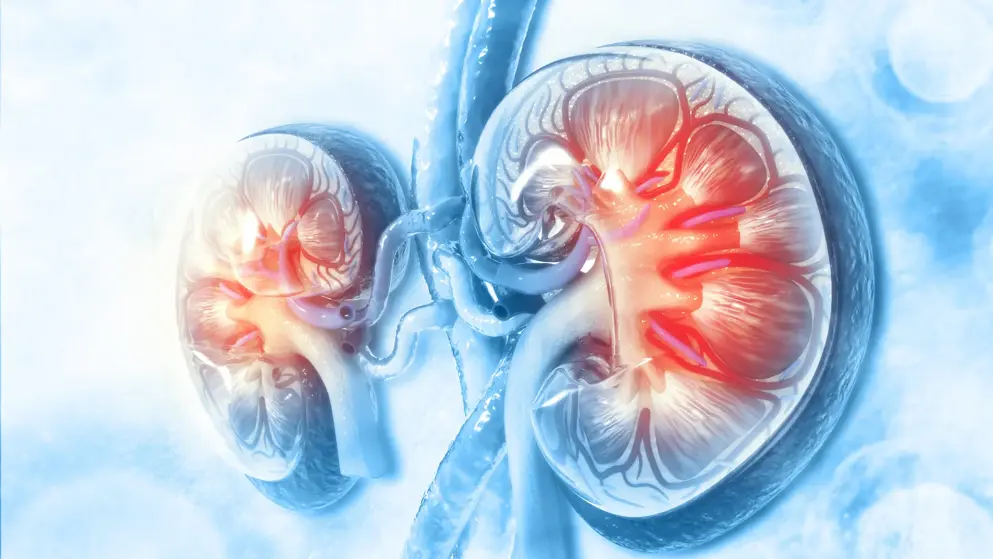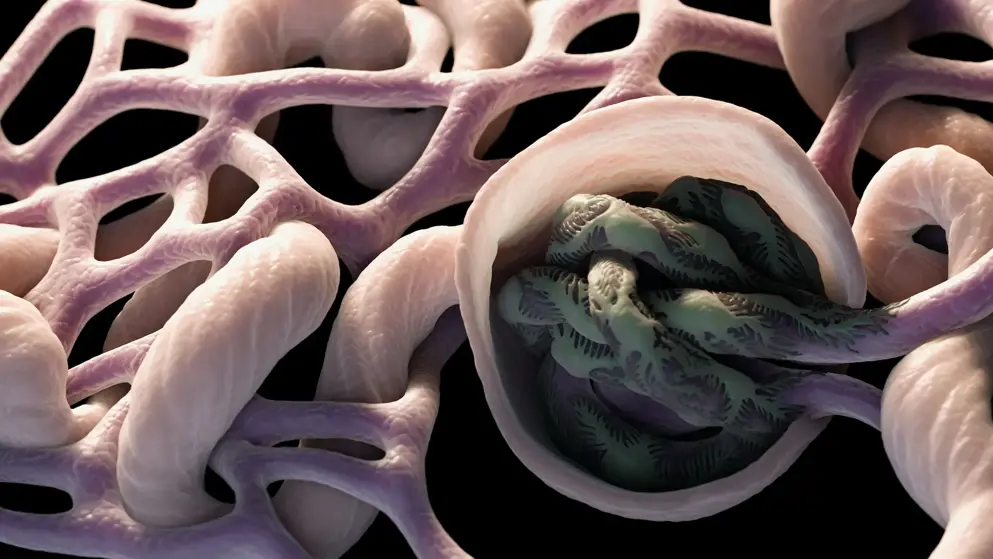Mechanisms of Scarring in Focal Segmental Glomerulosclerosis
Mechanisms of Scarring in Focal Segmental Glomerulosclerosis
Background: Focal segmental glomerulosclerosis (FSGS) is a histologic pattern characterized by focal glomerular scarring, which often progresses to systemic and diffuse glomerulosclerosis. Previous studies have emphasized that the initiation of classic FSGS occurs in podocytes. The dysfunction and loss of podocytes have been associated with the development of proteinuria and the progression of various diseases. In addition, primary, secondary, and genetic FSGS are caused by different mechanisms of podocyte injury.
Summary: The potential sources and mechanism of podocyte supplementation are the focus of our current research. Increasing attention has been paid to the role played by parietal epithelial cells (PECs) during the progression of FSGS. PECs are not only the primary influencing factors in glomerulosclerosis lesions but also have repair abilities, which remain a focus of debate. Notably, other resident glomerular cells also play significant roles in the progression of this disease.
Key message: In this review, we focus on the mechanism of scarring in FSGS and discuss current and potential therapeutic strategies.
Read abstract on library site Access full article
Featured Learning Zones
You may be interested in...
The 2023 update of the German Society of Neurology’s guideline on Parkinson’s disease (PD) provides detailed recommendations on the use of transcranial brain parenchyma sonography (TCS) for early and differential diagnosis. This update addresses previously unspecified diagnostic criteria and investigator qualifications, offering a robust framework based on a systematic literature review.




